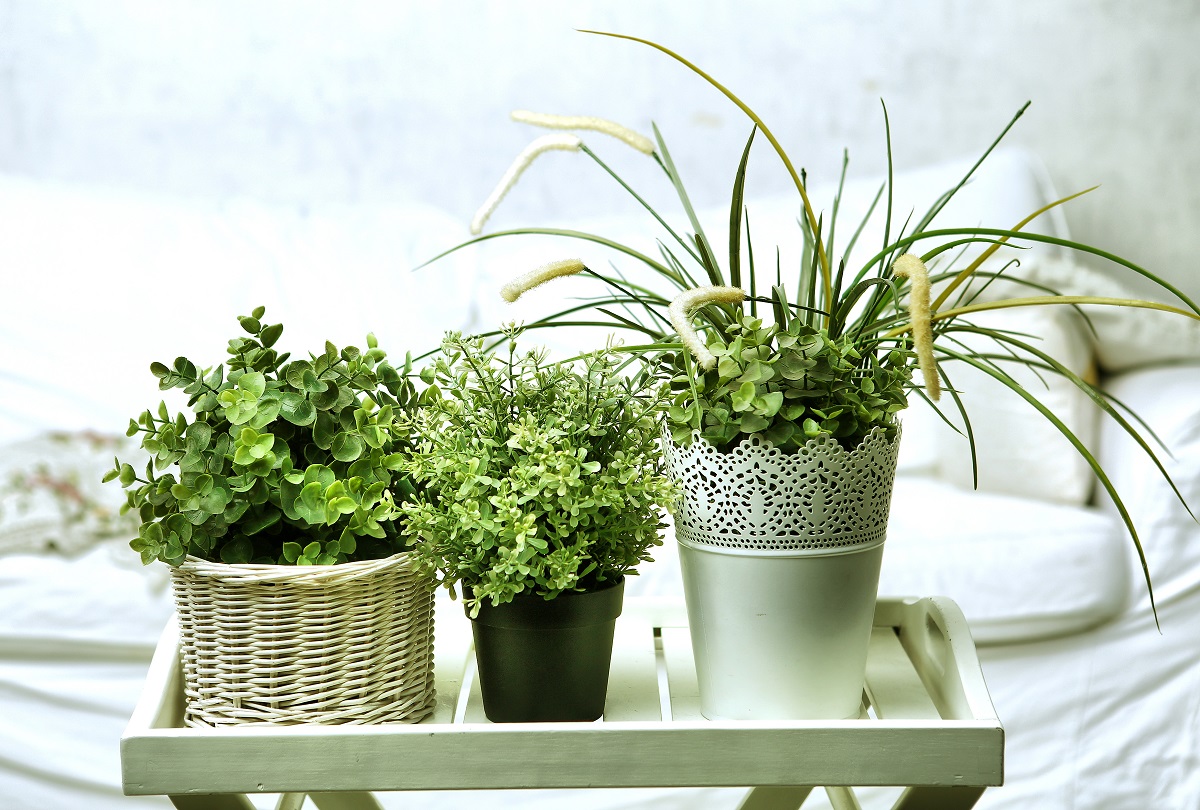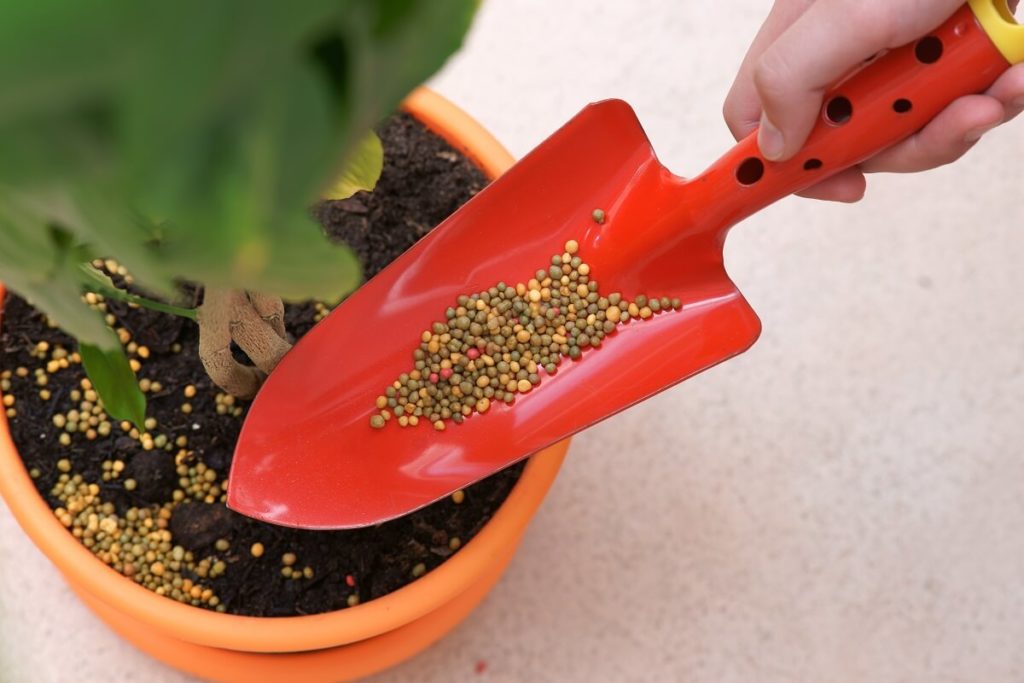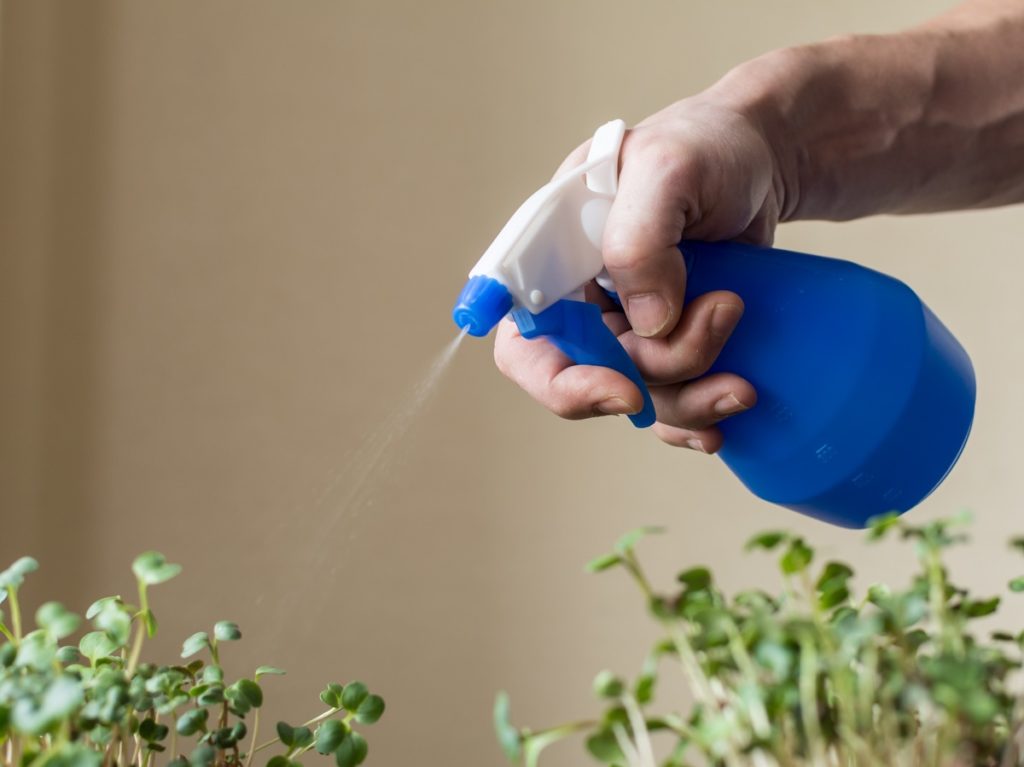Blog - The Beginning Gardener’s Guide to Indoor Fertilizer

The Beginning Gardener’s Guide to Indoor Fertilizer
Plants are living entities that require ample nutrients to thrive.
Unlike plants set in a deep bed of soil out in the front yard, houseplants can’t send roots down farther to pull up new nutrients when needed. Everything available to them is what you put in the planter. So, potted plants require an occasional refresh of nutrients to stay healthy.
Simply put, fertilizer delivers new salts and minerals to plants, and fertilizing is an important step in indoor houseplant care.
What type of fertilizer to use for indoor plants
You shouldn’t use the same type of bulky, granular fertilizer that you would outdoors, or a fertilizer mixed with soil, because houseplants don’t have the same requirements. You might assume that houseplants need more fertilizer to make up for the fact that they are kept indoors, but actually the opposite is true. They grow under poorer conditions, so they consume less nutrients and have less need for fertilizer.
For this reason, it’s wise to choose a product formulated for indoor plants.
If you prefer to apply it more regularly, you can use a liquid or water-soluble powder fertilizer. If you prefer to only fertilize once every three to four months, then a slow-release plant food spike or fertilizer beads are better options.

When to fertilize indoor plants
Yellowing is a common problem with indoor plants. While it can signify other issues, there’s a strong chance that a plant with yellowing leaves is missing out on key nutrients. Stunted growth can be another sign. Unfortunately, most of the tells for nutrient deficiency show themselves in the roots first, making it hard to detect until the entirety of the plant is negatively affected.
If you have a plant with less-than-stellar growth and a lack-luster appearance (and you can’t remember when you last fertilized it), then it’s a good idea to try!
When NOT to fertilize indoor plants
It’s important to remember that with fertilizer in general, and with indoor plants especially, less is more.
Don’t fertilize more than the product package directions. In fact, it’s a safe bet to fertilize less frequently than the package instructions.
It’s also typically unnecessary to fertilize plants in the winter. As mentioned, indoor plants grow in less optimal conditions than outdoor ones. They have less sunlight, and need less water. Because they grow slowly, they don’t need as much fertilizer and if given too much, it will create a buildup of salts and minerals that can kill the plant. This effect is exasperated in winter, when most indoor plants don’t grow at all due to even less light. Fertilizing indoor plants in the winter is generally a bad idea.
How to care for indoor plants in the winter
Now you know not to fertilize in the winter, but what do you do instead? How do you care for indoor plants during the dry, cold winter months?

It’s simple! Make up for the drying effect of heaters with a weekly misting. Just spray plants lightly to help mimic the humid conditions of their native settings.
Most indoor houseplants don’t need to be watered at all during the winter, but it’s still a good idea to check on them every month. You can do a very sparse watering just to moisten the top layer.
When it comes to houseplants, overwatering and overfertilizing are bigger problems then underwatering.
What results to expect from fertilizing
When adding fertilizer to your plant care routine, you can expect a sad-looking plant to perk up in a week or two. You’ll see more vibrant leaves and stems and any new growth will appear healthy and strong.
The top gardening tip is, as always, to pay attention. Notice what effects fertilizing has on your own plants, and adjust from there.
No Description
Leave a Comment
You must be logged in to post a comment.